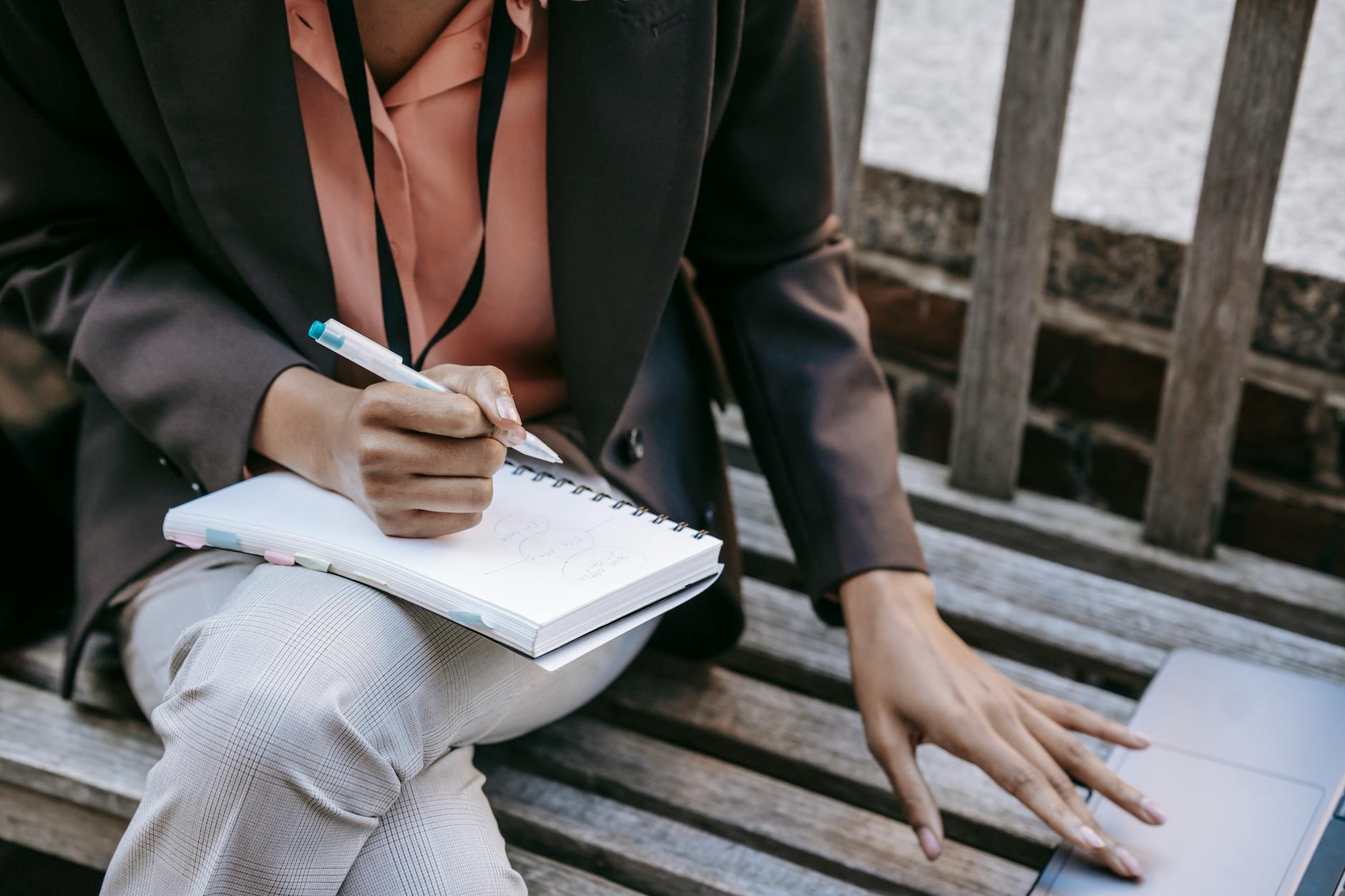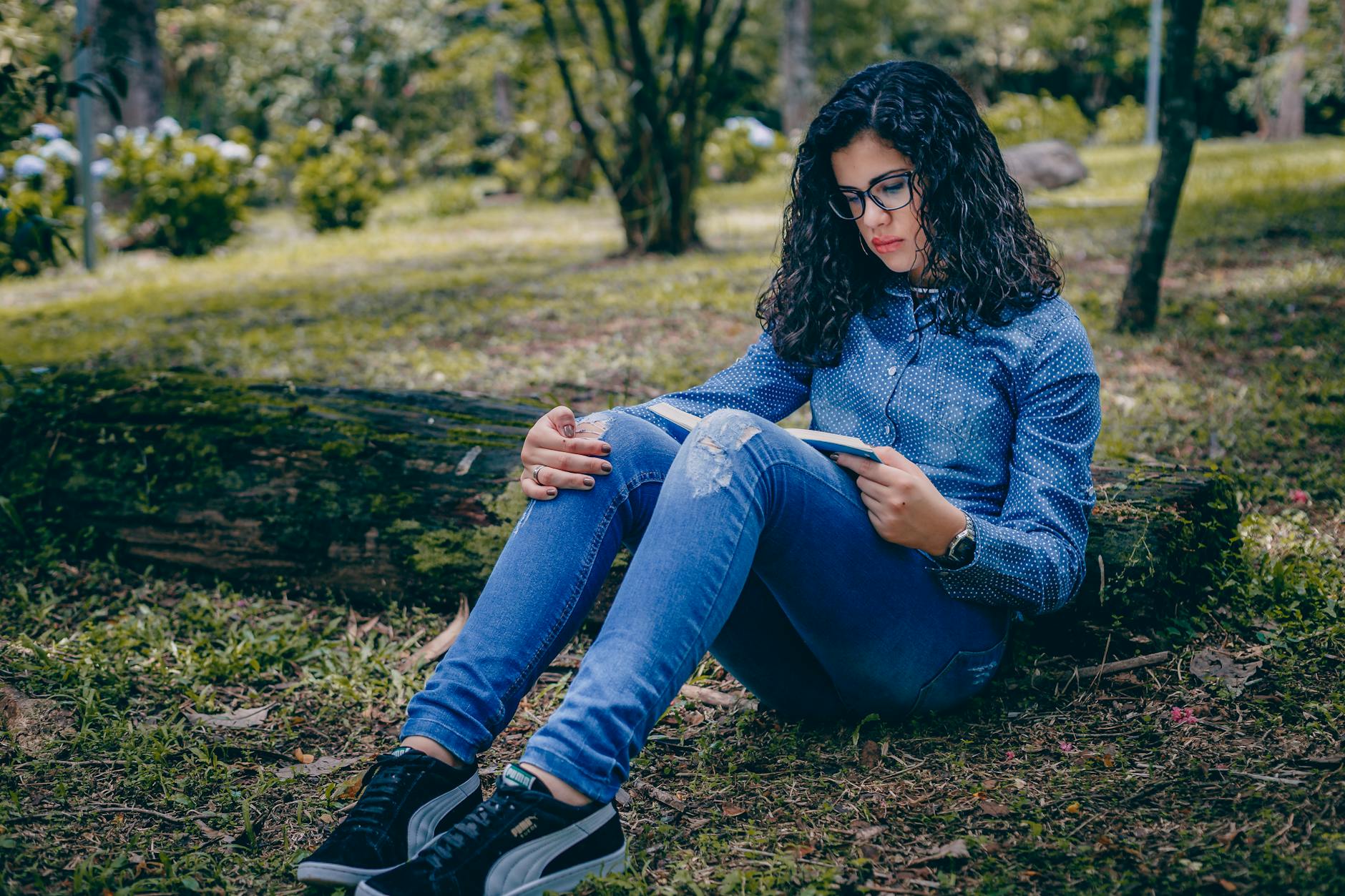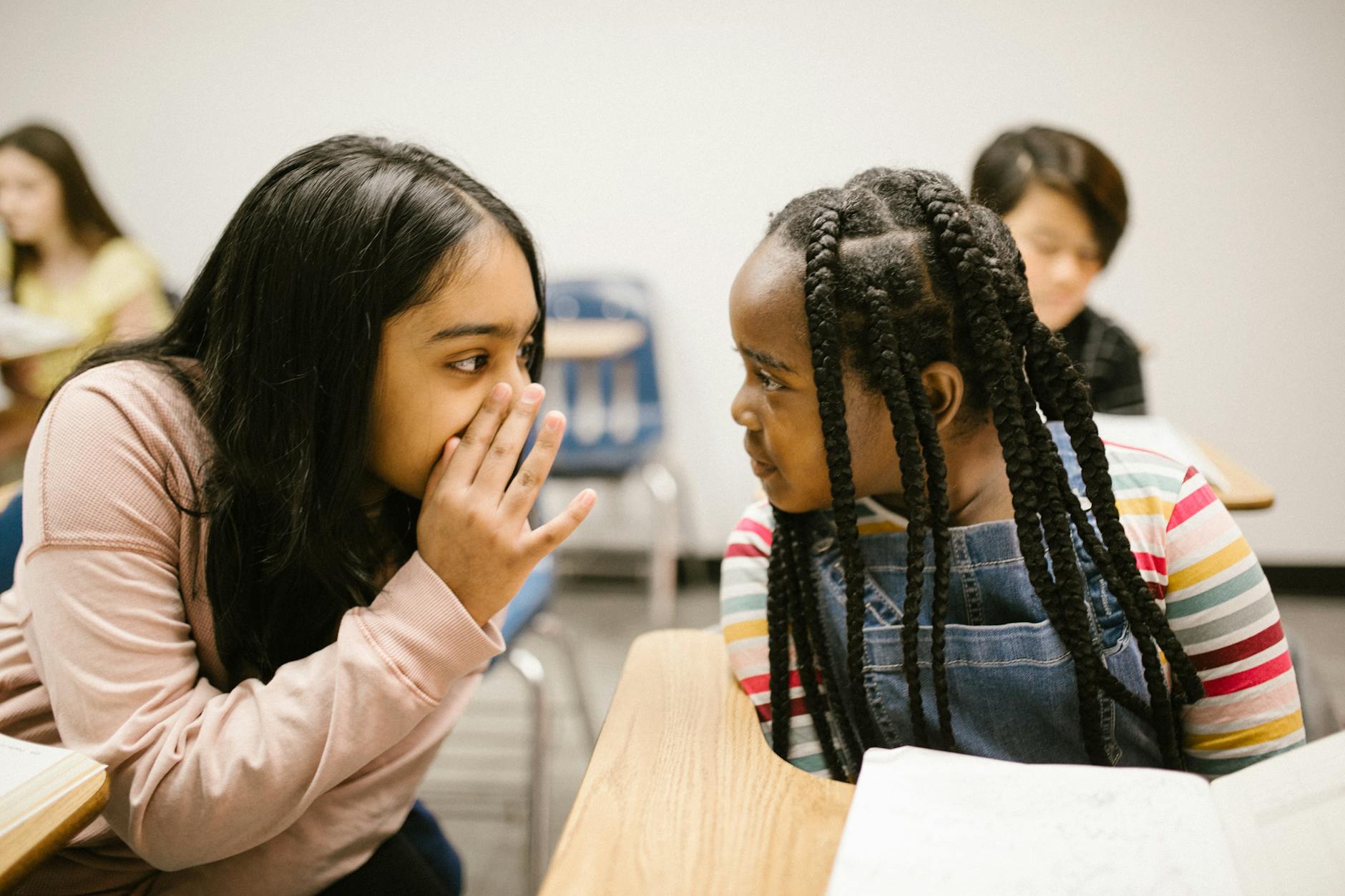Why Experiential Learning Is Gaining Popularity with Educators in the United States

Experiential Learning Basics
What It Involves
Experiential learning is an educational approach where engaging in direct experiences allows students to deepen their knowledge. Imagine the atmosphere of Brooklyn Historical Society, where history isn't just read but lived through immersive exhibits. This method incorporates active participation, encouraging students to connect theory with practice. Envisage how that might translate into real-world activities like baking classes NYC, where science, art, and culinary skills intersect, providing learners with practical, hands-on understanding.
Key Characteristics
Key traits of experiential learning include active engagement, reflection, and real-world context. It's not about passive absorption but an active process—students learn by doing. Participation in creative tasks like role-play or interactive simulations fosters deeper understanding. Reflection is also crucial, as acknowledging mistakes and celebrating successes enhances learning experiences. The goal is to create authentic scenarios that prepare learners for practical challenges beyond the classroom walls.
Types of Activities
There are countless activities that fall under experiential learning. Away from the traditional classroom setting, learners dive into courses like pottery classes Chicago, where tactile engagement births creativity. Or in paint and sip NYC sessions, artistic exploration mixes with social interaction. These classes not only teach new skills but also encourage learners to step out of their comfort zones and embrace novel experiences. Such activities promote growth, resilience, and a better grasp of varied subjects, making learning both enriching and enjoyable.
Educators' Growing Interest
Benefits for Students
As educators, one of the most stimulating developments is experiential learning, which offers students dynamic benefits that traditional methods often lack. For instance, engaging activities like pottery class San Francisco not only enhance creativity but also develop fine motor skills and patience. Imagine spending time shaping clay into a unique piece of art—it's an excellent way to introduce students to hands-on learning. It's similar to visiting the New York Transit Museum, where history becomes tangible.
Positive Outcomes in Classrooms
By integrating experiential activities, students often show improved engagement and retention. Offering virtual team building activities creates opportunities for collaboration and communication, skills crucial in today's interconnected world. When students participate in collaborative projects, the classroom atmosphere buzzes with enthusiasm. Such activities can be a breath of fresh air compared to monotonous lectures, fostering an environment where students thrive.
Alignment with Modern Education
In modern education, experiential learning aligns perfectly with the emphasis on critical thinking and real-world problem-solving. Consider cooking classes San Francisco as a case in point—students not only learn to cook but also grasp concepts like measurements, nutrition, and resource management. These classes promote a holistic educational experience, much like how Prospect Park offers a natural escape right in Brooklyn's urban setting, providing enriching educational paths outside conventional classrooms.
Implementing Experiential Learning
Successful Classroom Practices
Integrating experiential learning into your classroom can be as engaging as a stroll through the vibrant corridors of the New York Transit Museum. To foster a hands-on learning environment, you can introduce project-based activities that allow students to connect theories with real-world applications. This approach can be as simple as a science experiment or as intricate as a historical reenactment. Collaborating on group projects enables students to gain insight through different perspectives—similar to what you'd experience in a dynamic paint and sip Chicago event, where participants learn to see art through various lenses.
Teacher Training Essentials
For effective implementation of experiential learning, educators must undergo comprehensive training. This preparation equips teachers with strategies to create immersive learning experiences. Workshops and peer collaborations can offer new insights, much like the collaborative experience found in couples cooking classes NYC. These classes aren't just about learning to cook; they teach communication, problem-solving, and teamwork—skills essential for any educator entering the world of experiential learning.
Real-World Examples
Take a cue from Prospect Park's successful educational programs, which blend in-field learning with classroom theory. Schools that integrate outdoor classrooms or on-site projects provide students a break from traditional settings, igniting curiosity and fostering a deep connection to their learning. Such examples illustrate how experiential learning can transform education into a more interactive and impactful experience. By adopting these models, students and teachers alike can enjoy a refreshing departure from conventional education.
Impact on Students
Skill Development
Experiential learning, much like hands-on pottery classes NYC, allows students to develop a repertoire of robust skills. Instead of just absorbing information, they actively apply it, which helps in refining their critical thinking and problem-solving abilities. Students who engage in these activities experience real-world problem solving, strengthening both confidence and competence. For instance, collaborative projects not only enhance communication skills, but also cultivate leadership qualities in a practical setting.
Additionally, the tactile experiences in activities like pottery cultivate fine motor skills and boost creativity. Crafting tangible outcomes helps students see the direct impact of their efforts, essentially blending learning with fruition.
Increased Engagement
Here, there's a significant spike in student engagement — a hallmark benefit often witnessed in experiential settings. Instead of rote learning, students find themselves enveloped in interactive and engaging tasks. They are not just passive recipients of information; they become active participants. Picture the energetic vibe of a experience gifts session where students gain direct interactions and immediate feedback, bolstering their interest and enthusiasm.
Reflection and Growth
Finally, one of the key aspects of this approach is fostering reflection and personal growth. After engaging activities, students often pause and process their experiences, leading to deep insights and personal insights. Reflecting on challenges faced and lessons learned propels cognitive and emotional development. This self-directed analysis encourages students to understand how they learn best, paving the way for lifelong learning habits. These reflections, much like the contemplative beauty of Prospect Park, provide a serene backdrop for meaningful learning experiences.
Addressing Challenges in Experiential Learning
Overcoming Common Obstacles
Let's dive into the hurdles we face with experiential learning—like a treasure map revealing challenges, from scarcity of resources to a rigid curriculum. Imagine trying to teach explorers about the wonders of Prospect Park without ever leaving the classroom! You see, it's essential for both students and educators to tackle these barriers head-on. Schools may struggle with a lack of budget for field trips, leading to missed opportunities to explore places like the Brooklyn Historical Society. The key here is finding creative alternatives such as virtual reality tours or collaborative projects with institutions like the New York Transit Museum. By building partnerships and utilising technology, we can bring history alive in our classrooms without stepping outside.
Effective Solutions and Strategies
Let’s channel our inner problem solvers! Tailoring lessons to fit an experiential approach can seem daunting, but it's all about thinking on your feet. Implementing project-based learning is a powerful strategy. Picture assigning a project where students create their own miniature Brooklyn neighborhoods—complete with historical narratives and modern-day features. Another tactic is leveraging community resources and inviting guest speakers, turning your classroom into a vibrant hub of local culture and experiential learning opportunities.
Valuable Lessons Learned
Reflecting on our journey, it’s clear experiential learning demands adaptability and innovation. Each challenge surmounted strengthens our educational approach. Just like Prospect Park evolves with the seasons, our techniques must continuously adapt to our students' needs. The lessons we learn from these challenges forge a resilient and imaginative educational experience that equips our students with the tools to thrive.


